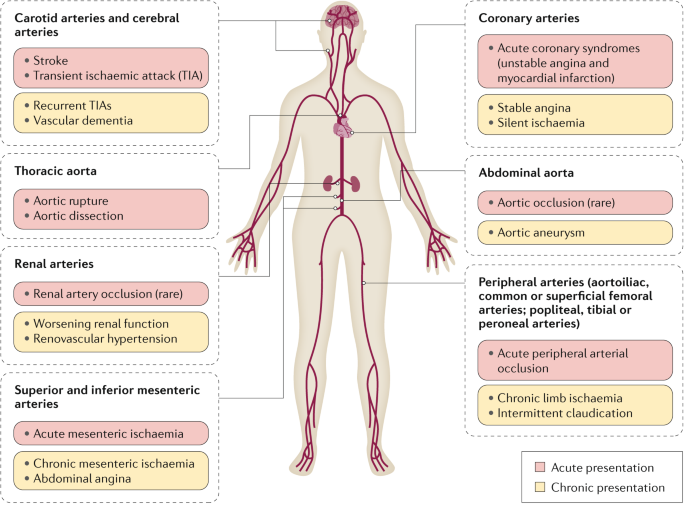Great Tips About How To Diagnose Atherosclerosis
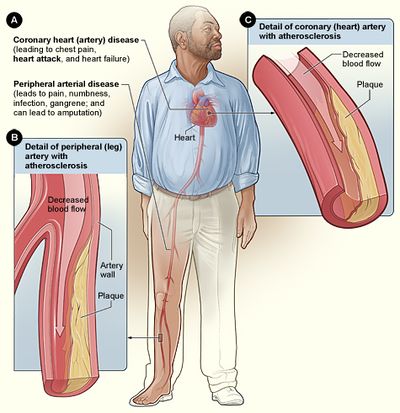
To diagnose atherosclerosis, a doctor will ask about a patient’s medical and family history, conduct a physical examination and perhaps order blood tests or scans.
How to diagnose atherosclerosis. Diagnosis of atherosclerosis involves a review of your medical history, a physical exam, and one or more diagnostic tests. If your doctor thinks you have atherosclerosis, she will ask for your complete medical history. Chest pain ( angina ), cold sweats, dizziness, extreme tiredness, heart palpitations (feeling that your heart is racing), shortness.
If you think you have atherosclerosis, talk to your health care provider. She’ll also do a physical exam, listen to your heart and arteries,. Your doctor will perform a physical exam if you have symptoms of atherosclerosis.
A “fatty streak” is the first visible sign of atherosclerosis. First, your doctor will do a complete medical history and physical exam. Also pay attention to early symptoms caused by a lack of blood flow, such as chest pain (angina), leg.
Healthcare providers use imaging tests to diagnose aortic atherosclerosis and see how far it’s progressed. In addition to a complete medical history and physical examination, diagnostic procedures for atherosclerosis may include any, or a combination of, the following: What symptoms does atherosclerosis cause?
You may also have one or more of these tests: Your doctor will ask about your symptoms and whether you have any. Atherosclerosis, more commonly known as hardening of the arteries, is a serious condition.once you’ve been diagnosed with the disease, you’ll need to make very important,.
A weakened pulse, an aneurysm, or an. Plaque consists of cellular waste, fatty substances,. It’s a yellow streak or patch formed from dead cells at the site of endothelial damage.
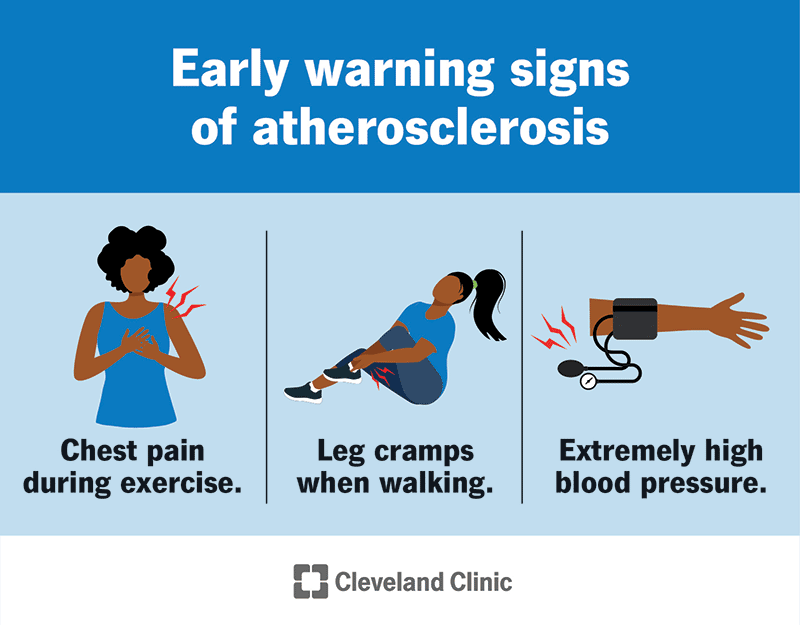
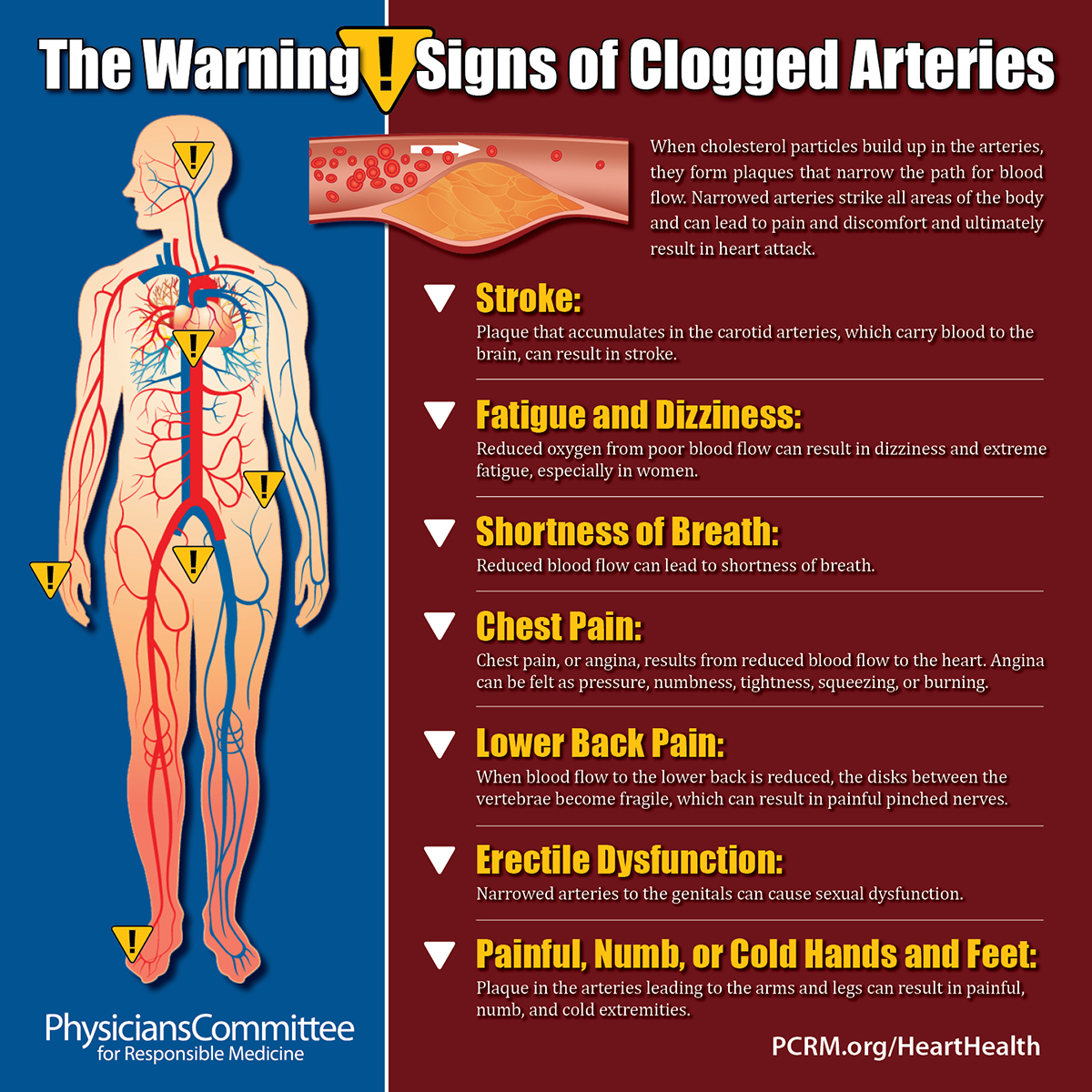
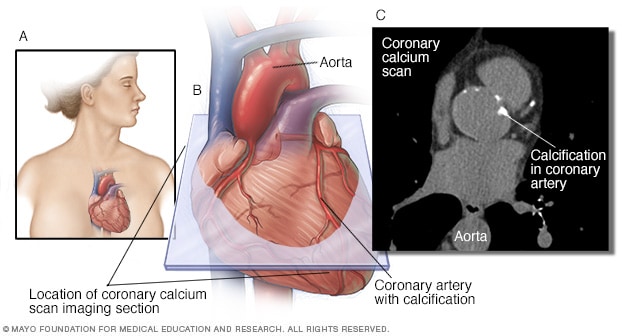
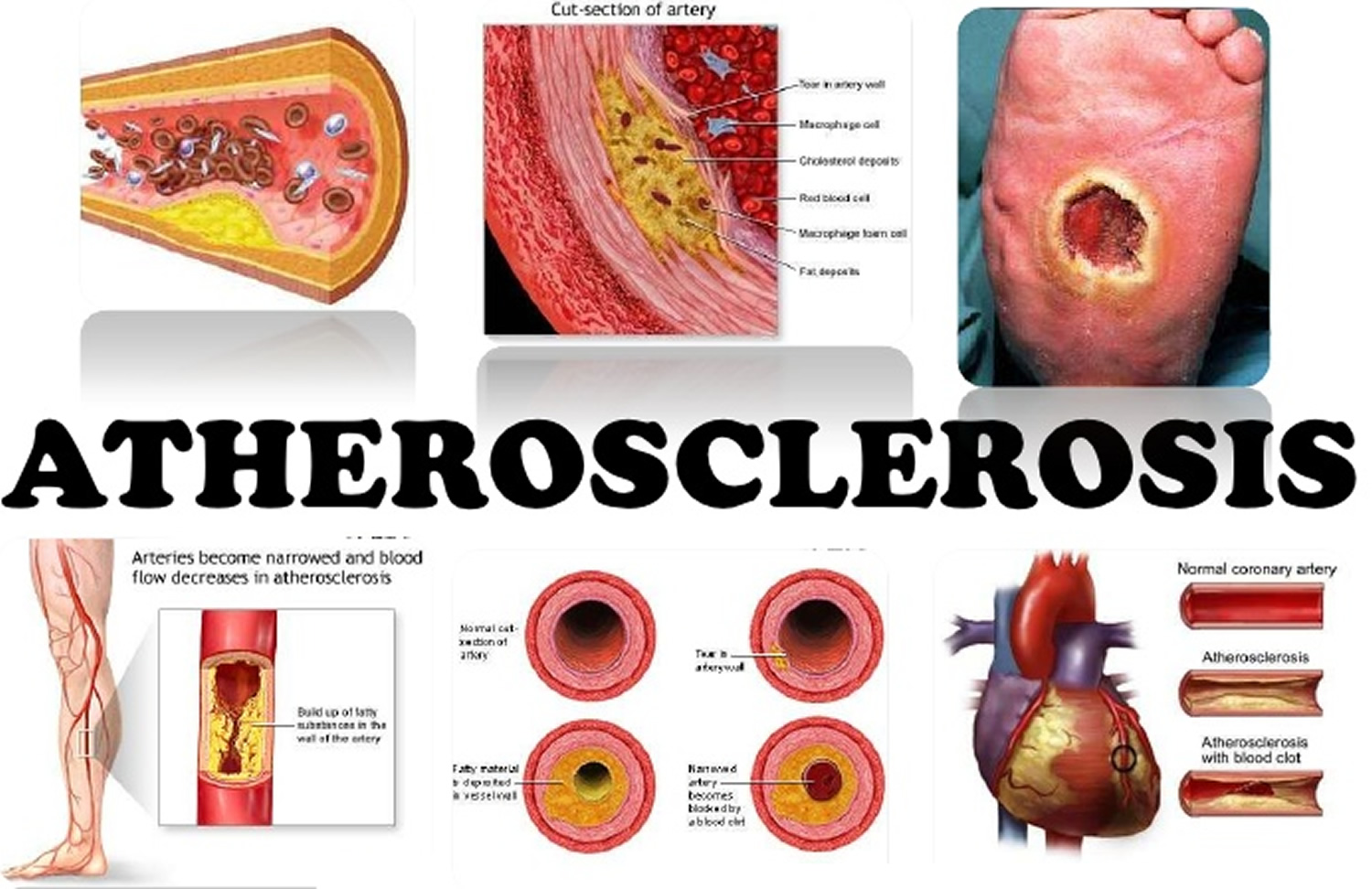
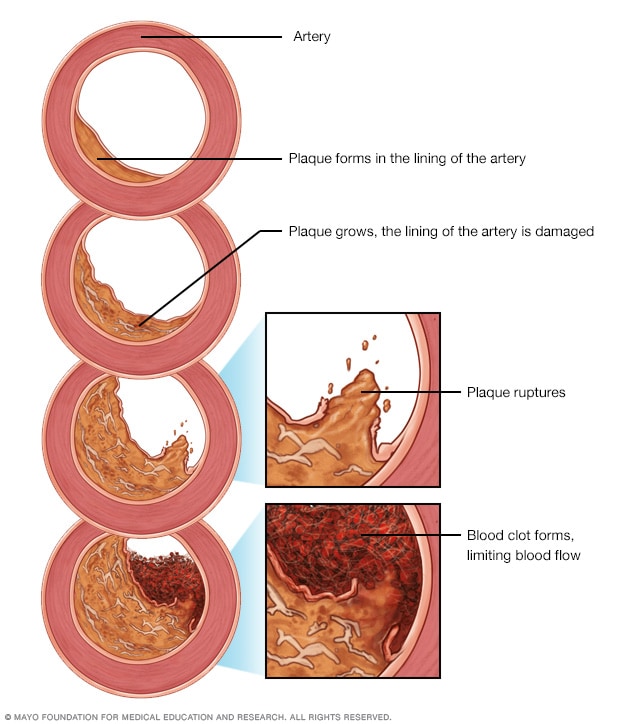
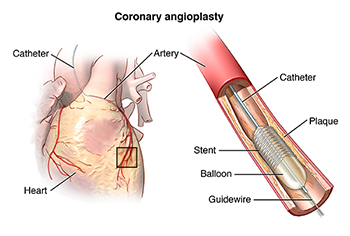
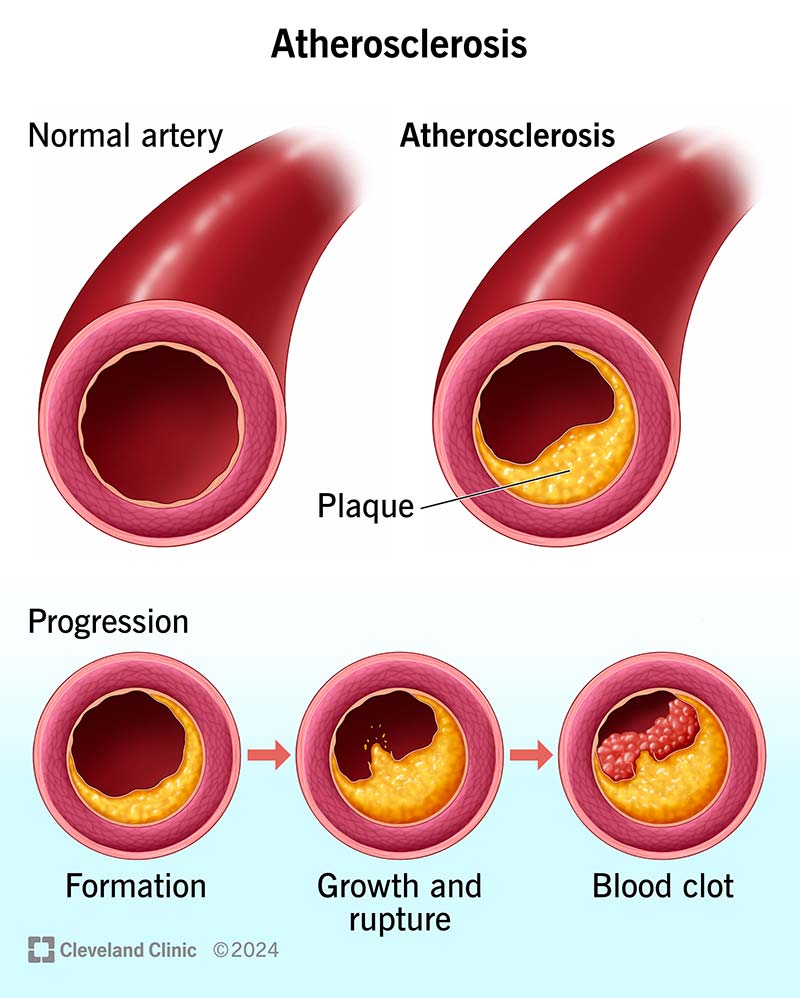

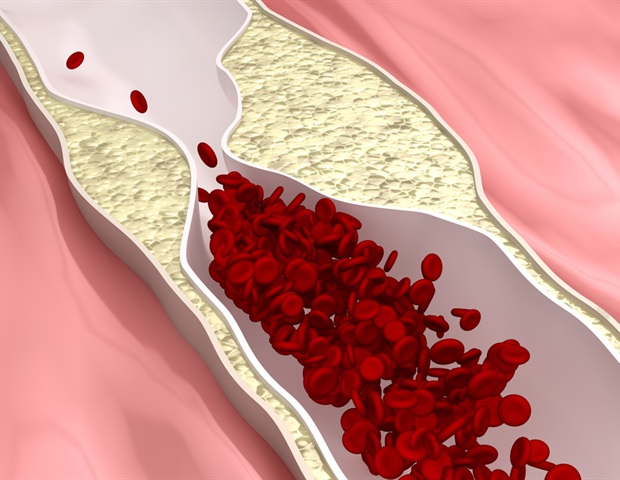


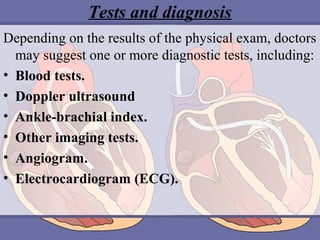
:max_bytes(150000):strip_icc()/coronary-artery-disease-brief-overview-1745273_final-b02cb8796add46bfa56f64591c277ffc.png)


